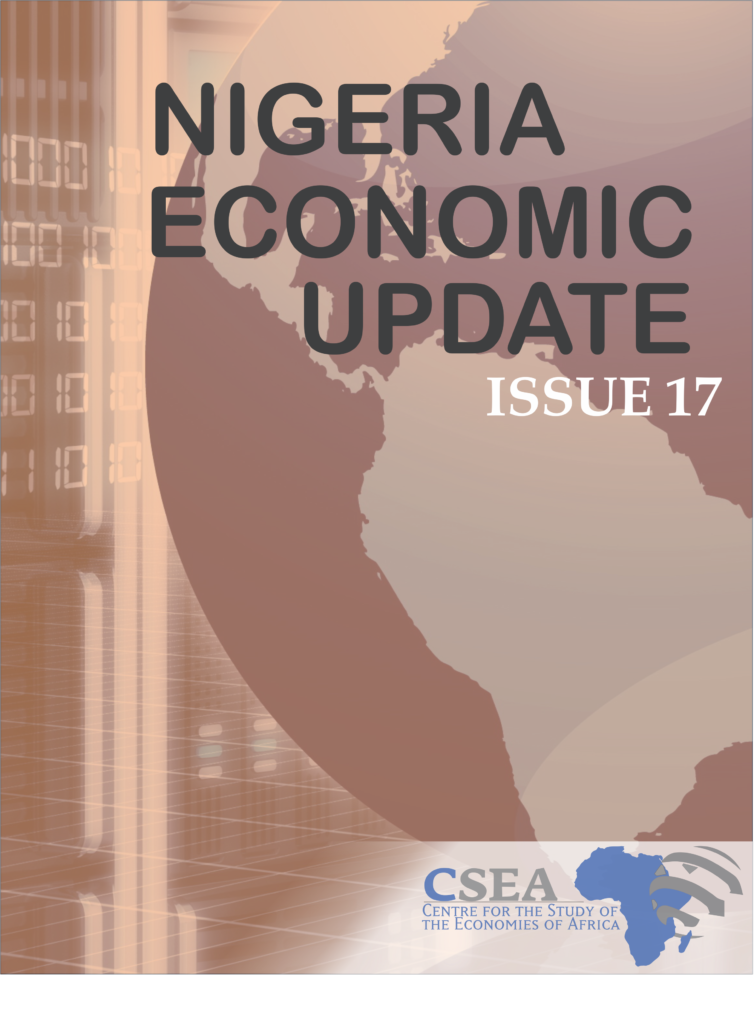Media highlights show that recent figures from the Nigeria Investment Promotion Council (NIPC) reveals a progressive inflow of capital into Nigeria. Specific figures indicate that Nigeria’s actual capital investment inflow stood at $84.3 billion as at 2018Q11, growing by 27 percent from the $66.4 billion recorded for the whole 2017 fiscal year. Notably, highlights suggest that the capital investment flows have been invested in 112 projects domiciled in 28 states in Nigeria, including the FCT. The increased capital inflow gives a fair sense of growing investors’ interest in the Nigerian economy, as well as their involvements in capital investment projects.
Macroeconomic Report & Economic Updates

May 31, 2018
Nigeria Economic Update (Issue 17)
Media highlights show that recent figures from the Nigeria Investment Promotion Council (NIPC) reveals a progressive inflow of capital into Nigeria. Specific figures indicate that Nigeria’s actual capital investment inflow stood at $84.3 billion as at 2018Q11, growing by 27 percent from the $66.4 billion recorded for the whole 2017 fiscal year. Notably, highlights suggest […]
Read →
Related
Nigeria Economic Update (Issue 29)
OPEC weekly basket
price decreased marginally from $45.95 on June 24, 2016 to $45.26 on July 1,
2016,while Nigerias bonny light fell by $1, from $48.90 to $47.91.
The apparent decline in crude oil price was driven by lingering market demand
uncertainty, following the unexpected Brexit referendum. More so, ease
in supply disruptions in Nigeria and Canada may have contributed to the
downward pressure on prices. Going forward, until there is greater regulatory
precision on global oil output levels, prices may likely remain stuck or continue
to exhibit a downward trend. Although, Nigerias fiscal constraints slightly
relaxed with oil production increasing in the review week (following repairs on
sabotaged pipeline channels), potential global crude oil oversupply threatens
governments revenues. However, oversupply threats could be reduced if there is
a consensus on oil production quotas in the upcoming OPEC meeting.
